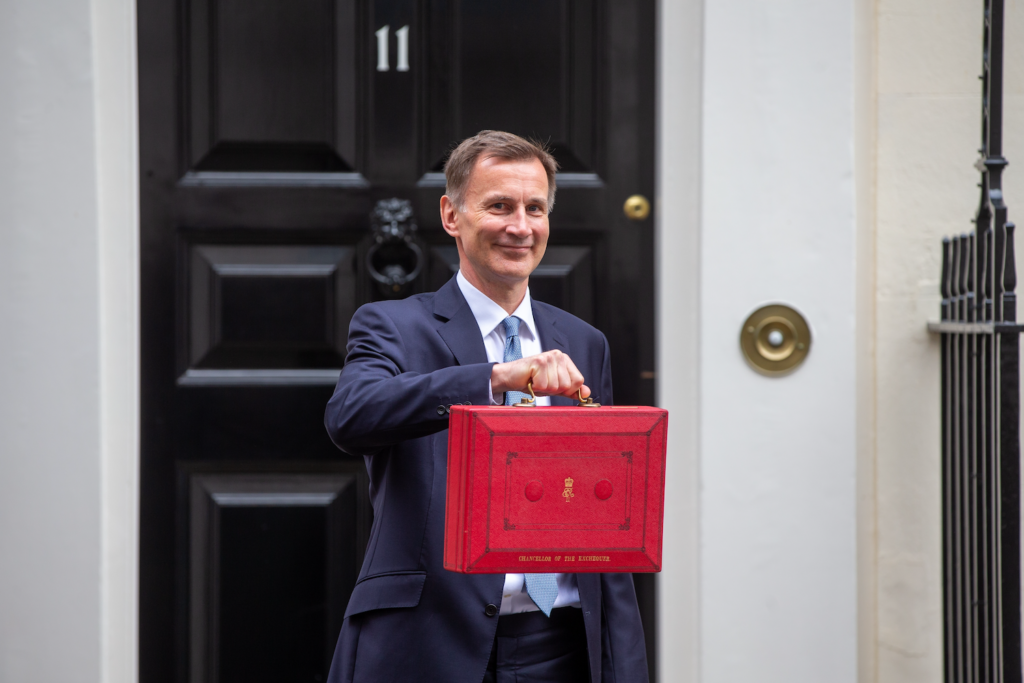What could the Autumn Statement mean for farmers?
14th November 2023
Ahead of Jeremy Hunt’s Autumn Statement, due to be presented on 22nd November, Sean McCann, chartered financial planner at NFU Mutual, picks out three things farmers should look out for…

1. Clarity on Agricultural Property Relief for inheritance tax and ELMs
Farmers will be hoping for clarity around the application of Agricultural Property Relief alongside the Government’s Environmental Land Management schemes (ELMs) after a consultation was launched earlier this year.
Agricultural Property Relief can reduce or eliminate the inheritance tax liability on agricultural land.
A key requirement is that the land is occupied for agriculture but some of the schemes proposed under ELMs require land to be withdrawn from agricultural production which could mean the loss of relief and lead to larger inheritance tax bills.
Confirmation that land used for ELMs still qualifies for APR is crucial – otherwise it will discourage farmers from taking part in the Government’s schemes if they risk a future tax bill.
It’s possible that inheritance tax could be set for wider reform in the Autumn Statement, as the Chancellor looks to tackle one of the country’s most unpopular taxes.
A review could be trailed ahead of a potential cut to the 40% rate in spring, and Mr Hunt may also announce an increase to the £325,000 tax-free allowance which hasn’t changed since 2009.
2. Changes to ISAs
The many changes to ISAs by multiple Chancellors has resulted in a complex landscape of six different options available to investors, each with their own rules.
Allowing both cash and stocks and shares to be held in one ISA would be a welcome simplification, making it easier for savers and investors.
Cash ISAs are the most popular type of ISA. While it’s important to have a cash buffer, many keep too much in cash over the longer term, missing out on the growth potential of stocks and shares.
Allowing savers to switch more easily between cash and share based funds within the same ISA would make it easier for investors to access a wider range of investment choices.
Increasing the £20,000 ISA allowance – which hasn’t changed since 2017 – would be a welcome boost for savers and investors.
With income tax thresholds frozen, and higher interest rates, many savers and investors are paying more tax on their returns. Increasing the ISA allowance would allow people to shield more of their savings and investments from Income and Capital gains tax, helping to mitigate the impacts of inflation.
3. Child Benefit Tax changes
The Chancellor will want to appeal to hard-working families, and one way to do that is to announce a reform of the overly complex and controversial high income child benefit tax charge.
The £50,000 income threshold when you become liable for the tax hasn’t changed since it was first introduced more than a decade ago and recent wage growth means more and more families are being caught in the net.
Child benefit tax kicks in when income exceeds £50,000, but the high rates of inflation we’ve seen in recent years means this threshold is no longer fit for purpose. Had it increased with CPI it would now be nearly £67,000.
Jeremy Hunt has frozen Income Tax thresholds until 2028, meaning that a parent reaching an income of £50,270 or more will find themselves paying both the Child Benefit Tax and 40% Income tax. Child benefit tax is the scourge of middle-income families, and a long overdue increase to the £50,000 threshold could be positioned as supporting hard-working families.
